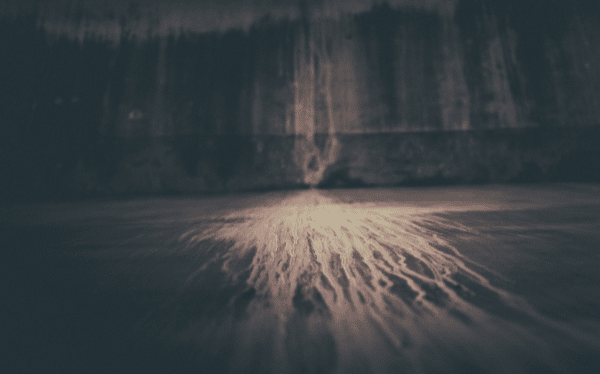The first step in repairing a slab leak is determining what kind of leak is present. This is best done by a plumber, who can detect a slab leak with the help of various tools, including fiber optic cameras. If a slab leak is found, it should be repaired by a professional plumber who can perform the necessary repairs without further causing any property damage. A plumber can perform the necessary repairs without damaging the property, but if it’s not repaired properly, the damage to the property may be greater than the cost of the repair.
Trenchless plumbing repair
A plumber who is familiar with plumbing repair techniques is able to detect and make repairs without causing any damage to the surrounding areas. A video pipe inspection is a critical step before tackling the problem. The repair requires removing tree roots and hard sediment from the pipe. When you hire a professional to repair your slab leak, you will be assured of the highest level of service. In addition, the entire process will take just a few hours.
If the slab leak is located near walls or ceilings, a plumber may perform a pipe relining method. This technique requires access holes to the entire pipe and a new pipe liner will cover the leak. While slab leaks are harder to repair than other types, you can often spot them yourself and call a plumber to do the job. While you can attempt a slab leak repair, it is best to leave it to an expert. Hire the best Leak Detection Services and Repair in San Fernando Valley.
Pipe re-routing
Re-routing your plumbing after a slab leak is critical for the integrity of your home and the longevity of your warranty. If the damage has been extensive, a re-routed line may be necessary to prevent additional damage. This technique is most suitable for one-story houses. However, it requires advanced techniques and equipment. It may also cost more than you would have expected. If you choose this option, you may end up having to cut through walls, floors, and ceilings to make the repairs.
Re-routing can also be the less expensive alternative to cutting through the slab and replacing the existing pipes. It is not only less expensive than jack-hammering through concrete, but it is also less disruptive. The new lines are accessible for inspection and repair. A PEX pipe is a lower-cost alternative to galvanized iron and copper plumbing. The new pipes can be installed over the old ones, ensuring that the existing ones don’t become damaged or broken.
Copper or iron pipes
There are various causes for slab leaks. If your pipes are made of copper or iron, you should inspect them for any nicks, corrosive materials, or improper wrapping. If they have a copper coating, a high pH level could cause them to corrode, and any nicks or breaks in the pipe can create a leak. Other common causes include improper installation or inferior materials. Slab leaks may also occur when pipes bend or join.
There are many ways to repair a slab leak. While re-piping may involve cutting into your concrete slab, it can be a less disruptive alternative to breaking the floor and rerouting pipes. A plumber can terminate the leaky pipe and replace it with new copper lines. However, this method is much more expensive than simply patching a leak and hoping it will go away. Because copper is an expensive material, insurance typically does not cover the cost of repiping a whole home.
Symptoms of a slab leak
If you’re wondering how to spot repairs for slab leak, there are three basic approaches. Slab leaks occur on the hot water line. This happens because the pipes continue to expand over time. Cold water leaks are less common, but you can still spot a slab leak by looking for wet spots on the floor. The hot spots may be indicative of a large leak. A plumbing specialist should be able to identify the exact source of the leak.
The first step is to check for signs of the leak. A slab leak may cause a low water pressure or a sudden decrease in water pressure. There may be bubbling water on the floor, or you may even hear a loud sound when the faucets are shut. It’s also possible to see water on the floor if you walk barefoot on it. And it might also be hard to open a door or bathroom faucet when the floor is wet.
Cost of repair
If your home’s foundation is made of concrete, slab leaks are a fairly common problem. This is especially true of pipes that run under the concrete. Over time, copper pipes become brittle and prone to leaks. You may find yourself ripping up a section of concrete to repair one area, adding additional pressure to the pipes that are already old. If this problem is the result of a slab leak, it’s best to have a plumber inspect the damage. A professional plumber can detect a leak using several indicators, such as the water bill.
Your insurance policy may cover the cost of slab leak repair, but it may not cover the whole job. Some policies cover water damage to walls and floors, but not leaking pipe repairs. If you aren’t sure about your policy, contact your insurance company and ask about the specifics. A professional foundation inspection can catch slab leaks before they become a big problem. In addition, it may help you avoid any future issues with leaking pipes.



